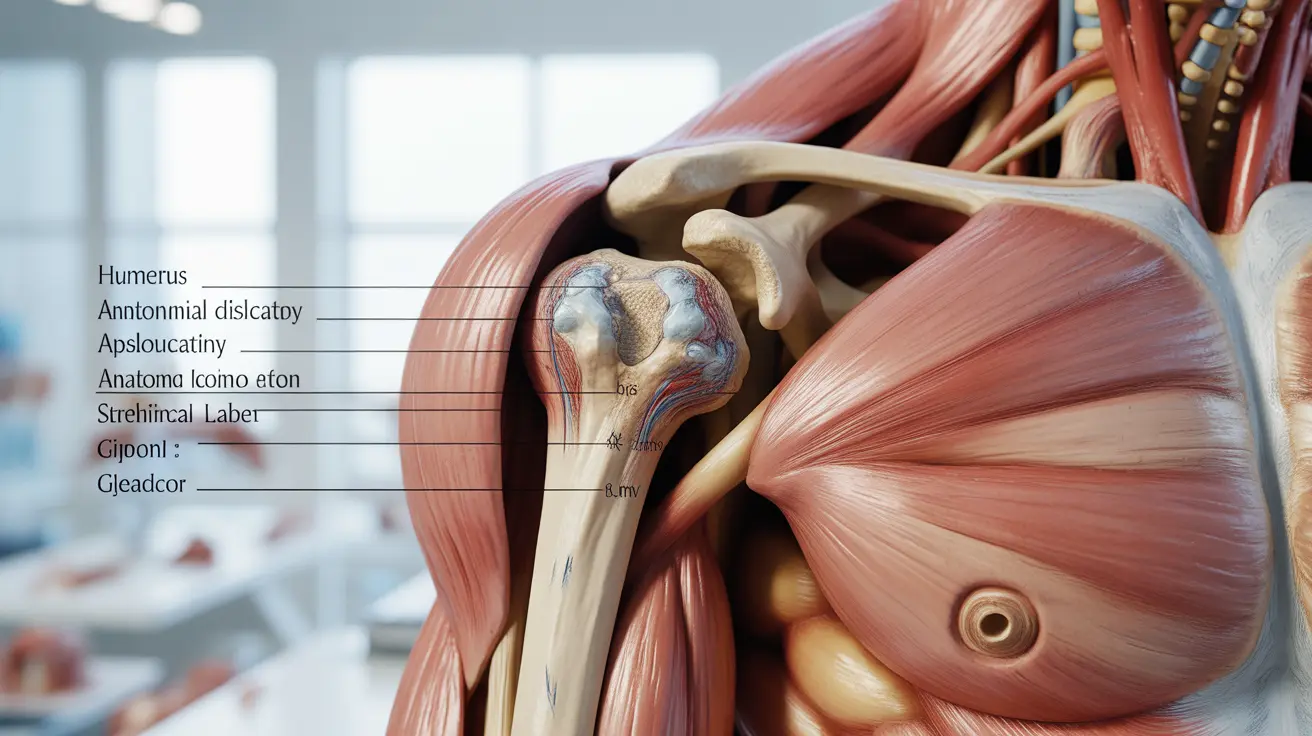Shoulder subluxation occurs when the upper arm bone (humerus) partially dislocates from the shoulder socket (glenoid). This condition can cause significant pain and instability, potentially affecting daily activities and quality of life. Understanding its causes, symptoms, and treatment options is crucial for proper management and recovery.
While less severe than a complete dislocation, shoulder subluxation requires prompt medical attention to prevent long-term complications and recurring episodes. This comprehensive guide will explore everything you need to know about this condition, from risk factors to prevention strategies.
What Is Shoulder Subluxation?
Shoulder subluxation refers to a partial dislocation where the head of the humerus partially slips out of the glenoid cavity but doesn't completely separate from it. This condition can range from mild to severe, depending on how far the joint has shifted from its normal position.
Common Causes and Risk Factors
Several factors can contribute to shoulder subluxation:
- Trauma or injury from sports activities
- Stroke or neurological conditions
- Repetitive overhead movements
- Joint hypermobility
- Previous shoulder injuries
- Weakened shoulder muscles
Athletes in contact sports, individuals with neurological conditions, and those with naturally loose joints are particularly susceptible to this condition.
Recognizing the Symptoms
Identifying shoulder subluxation early is crucial for proper treatment. Common symptoms include:
- Visible deformity or unusual shoulder appearance
- Pain or discomfort in the shoulder region
- Weakness in the affected arm
- Limited range of motion
- Clicking or catching sensation during movement
- Numbness or tingling in the arm
Diagnostic Process
Healthcare providers typically use several methods to diagnose shoulder subluxation:
Physical Examination
The doctor will carefully examine the shoulder, checking for visible deformity, range of motion, and stability. They will also assess muscle strength and nerve function in the affected arm.
Imaging Tests
Common diagnostic tools include:
- X-rays to view bone alignment
- MRI to examine soft tissue damage
- CT scans for detailed joint imaging
- EMG for nerve function assessment
Treatment Approaches
Treatment options vary depending on the severity and cause of the subluxation:
Conservative Treatment
Initial treatment often includes:
- Rest and activity modification
- Ice therapy for pain and swelling
- Physical therapy exercises
- Shoulder bracing or taping
- Anti-inflammatory medications
Physical Therapy
A structured physical therapy program typically focuses on:
- Strengthening shoulder muscles
- Improving joint stability
- Enhancing range of motion
- Correcting posture and movement patterns
Surgical Intervention
Surgery may be necessary for severe cases or when conservative treatment fails. Options include:
- Arthroscopic repair
- Capsular reconstruction
- Labral repair
- Joint stabilization procedures
Prevention Strategies
Preventing recurrence is crucial after experiencing shoulder subluxation:
- Maintain proper shoulder strength through regular exercise
- Use correct form during physical activities
- Avoid overuse and repetitive movements
- Listen to your body and avoid pushing through pain
- Follow through with prescribed rehabilitation exercises
Frequently Asked Questions
What causes shoulder subluxation and who is most at risk?
Shoulder subluxation is commonly caused by trauma, sports injuries, neurological conditions, or repetitive overhead movements. Those at highest risk include athletes, stroke survivors, and individuals with joint hypermobility or previous shoulder injuries.
What are the common symptoms of shoulder subluxation I should watch for?
Key symptoms include visible shoulder deformity, pain, weakness, limited range of motion, and a clicking or catching sensation during movement. You may also experience numbness or tingling in the affected arm.
How is shoulder subluxation diagnosed and what tests are usually done?
Diagnosis typically involves a physical examination and imaging tests such as X-rays, MRI, or CT scans. Your healthcare provider will assess joint stability, muscle strength, and nerve function to determine the extent of the condition.
What are the best treatment options for shoulder subluxation, including physical therapy and surgery?
Treatment options range from conservative approaches like physical therapy, bracing, and anti-inflammatory medications to surgical intervention in severe cases. Physical therapy focuses on strengthening muscles and improving joint stability, while surgery may involve repair of damaged structures.
How can I prevent shoulder subluxation from recurring after an injury?
Prevention involves maintaining shoulder strength through regular exercise, using proper form during activities, avoiding overuse, and following through with rehabilitation exercises. It's also important to listen to your body and avoid activities that cause pain or discomfort.




